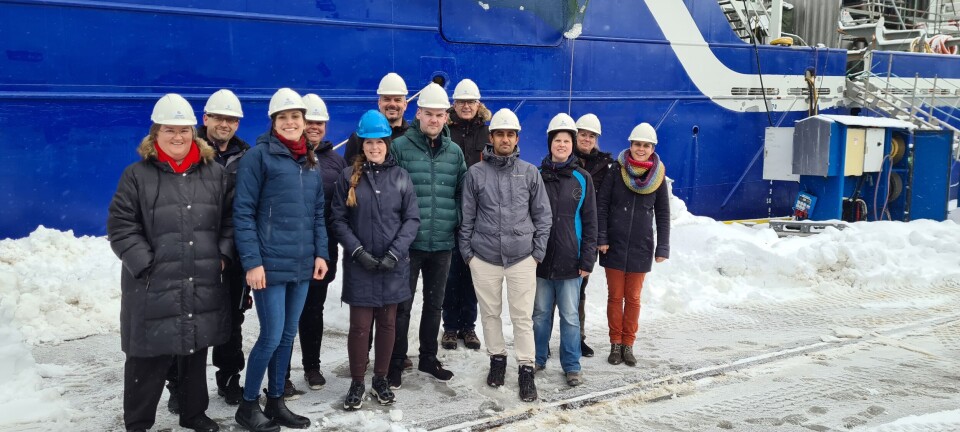
Seeking a cleaner way to cleanse fish
Optimisation of existing technology may offer a way to satisfy tighter regulations surrounding the discharge of lice bath treatment water from wellboats
A collaborative project between scientists in Norway, Belgium, and Germany is seeking to develop an affordable way of cleaning up water used in salmon lice bath treatments by adapting existing technologies from ballast water treatment.
Bath treatments, in which farmed salmon are placed in water containing a medicine that kills parasitic sea lice, are one method to remove lice. Currently, water from bath treatments carried out in wellboats is released back into the sea, along with medicine residues and other waste products.
Some of those released chemicals might be potentially harmful to the local aquatic environment and will increase the problem of medicine resistant sea lice emergence. Therefore, recent and upcoming regulations in Norway are becoming stricter about the discharge of delousing agents.
Neutralisation of residues
The WeBoat project aims to meet those regulations by providing removal and/or neutralisation of medicines or other chemical residuals in delousing wastewater.
First, the potentially most harmful release of sea lice agents will be identified and defined by the project as the target for the removal treatment.
The WeBoat technology development will be based on maritime technology transfer from ballast water treatment technology. The removal efficiency of a combination of physical separation (filtration) and/or ultraviolet irradiation, together with other methods, will be demonstrated in small scale experiments and verified finally in full scale experiments with representative fish water quality.
The ultimate goal of the R&D work will be to determine optimal conditions for dimensioning, operation and management of the maritime technology onboard a vessel for efficient removal of the pollutants in the delousing wastewater according to environmental regulations, while minimising energy consumption, environmental footprint, and cost for competitiveness on the market.
Three-year project
The project consortium is being led by the Norwegian Institute for Water Research (NIVA), and includes Hydac Process Technology GmbH, the Norwegian Coastal Shipowners organisation Kystrederiene, Norwegian Greentech AS, Pharmaq AS, Aqua Pharma Belgium BV, and Fraunhofer Institute for Ceramic Technologies and Systems, Branch Material Diagnostics.
The project started in 2022 and will run for three years. Funding is from JPI Oceans, a pan-European intergovernmental platform aiming to increase efficiency and impact of research and innovation for sustainably healthy and productive seas and oceans.























































